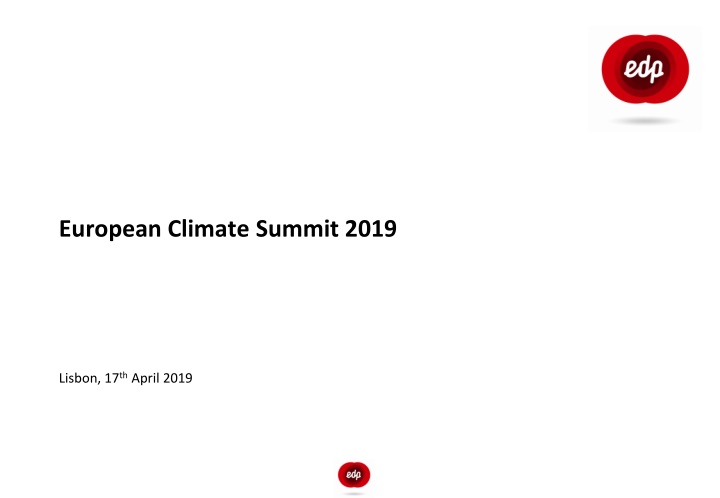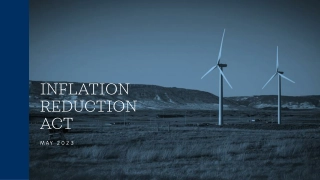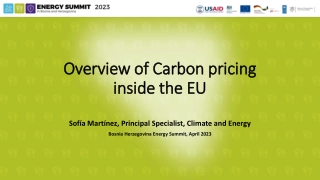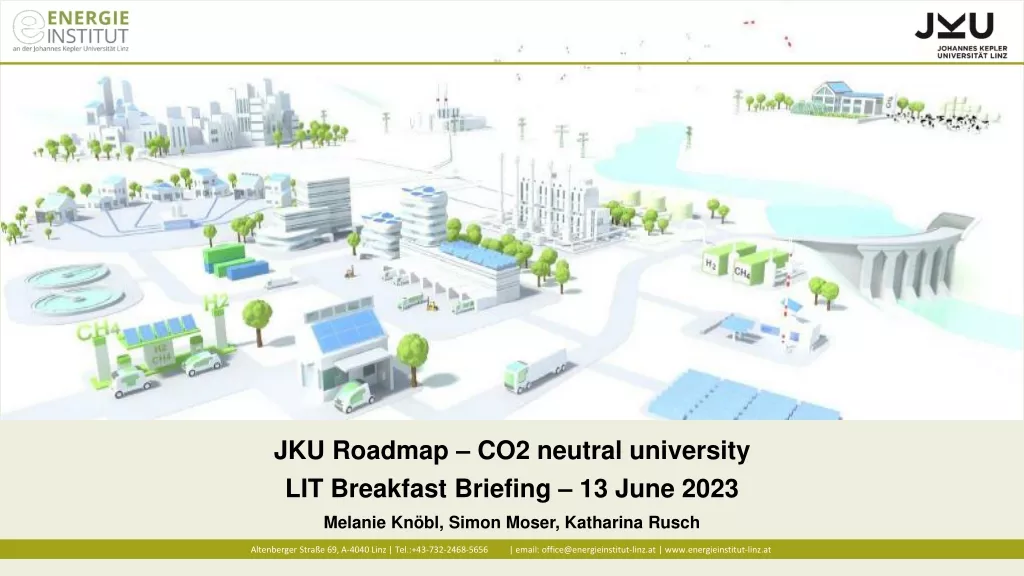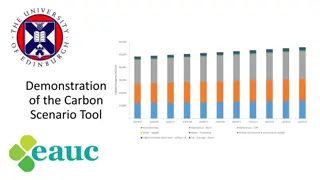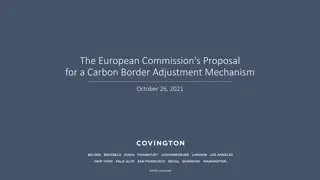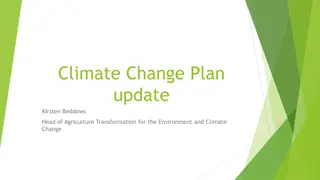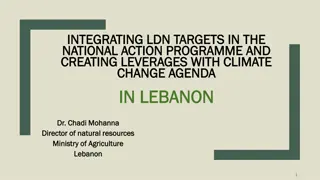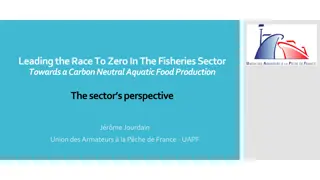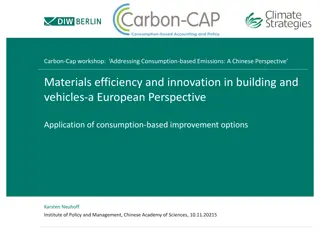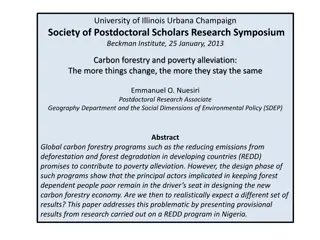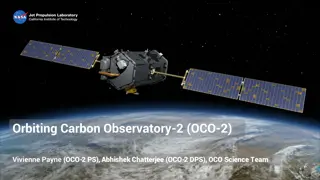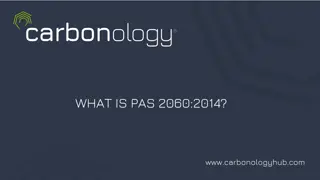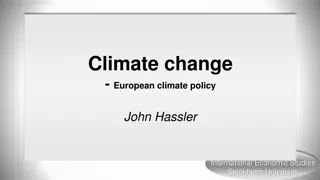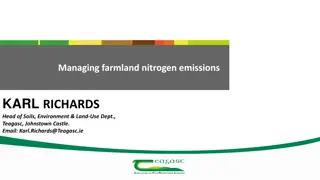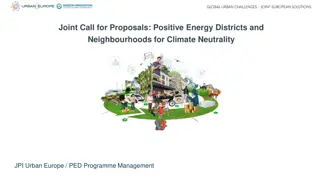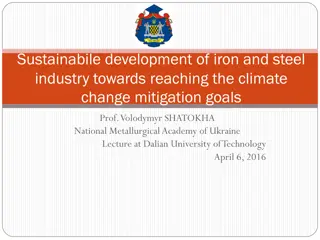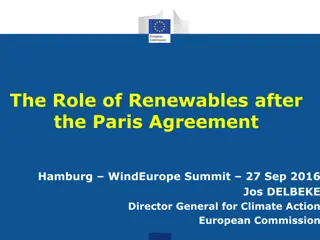European Climate Summit 2019: Emissions Reduction Targets and Carbon Neutrality
Attaining long-term emission reduction goals and carbon neutrality in Europe requires strategic planning and policy implementation. The European Commission aims to reduce greenhouse gas emissions by 44% by 2030 and further targets reductions of 80% to 95% by 2050. This involves accelerating emission reduction efforts, decreasing energy consumption, increasing electrification, and deploying renewable energy sources. The current EU Emissions Trading System has been effective but covers only 45% of total emissions, posing challenges to decarbonization.
Download Presentation

Please find below an Image/Link to download the presentation.
The content on the website is provided AS IS for your information and personal use only. It may not be sold, licensed, or shared on other websites without obtaining consent from the author.If you encounter any issues during the download, it is possible that the publisher has removed the file from their server.
You are allowed to download the files provided on this website for personal or commercial use, subject to the condition that they are used lawfully. All files are the property of their respective owners.
The content on the website is provided AS IS for your information and personal use only. It may not be sold, licensed, or shared on other websites without obtaining consent from the author.
E N D
Presentation Transcript
European Climate Summit 2019 Lisbon, 17thApril 2019
Achieving the long-term 2050 emission reduction targets requires coherent intermediate goals and a consistent ambition, supported by clear policy tools Historical and long-term EU GHG emissions projections Mt CO2eq, 1990-2050 6000 Comments: The European Commission estimates that GHG emissions will have reduce by 44%, compared to 1990 This is above the EU target of 40% reduction However, emissions reduction will have to accelerate between 2031-2050 to achieve further reduction targets of 80% to 95% by 2050 Further efforts for 2030 would better align the emissions reduction trajectory 5500 -22% 5000 -44% 4500 4000 3500 3000 2500 2000 1500 80% reduction 1000 500 95% reduction 0 1990 2000 2010 2020 2030 2040 2050 Source: Eurostat, European Commission 1
Attaining carbon neutrality requires decreasing primary and final energy consumption, while increasing electrification, and increasing RES-E deployment Primary energy1in the EU Mtoe, 2015-2050 Final energy in the EU Mtoe, 2015-2050 Installed capacity in the EU GW, 2015-2050 1 530 1 086 2 790 1 064 2 336 1 274 1 178 995 684 628 1 270 89% 985 90% 67% 68% 50% 69% 49% 25% 28% 22% 44% 14% 2015 2030 2050 1.5TECH2 2050 1.5LIFE3 2015 2030 2050 1.5TECH2 2050 1.5LIFE3 2015 2030 2050 1.5TECH2 2050 1.5LIFE3 Others Fossil fuels Renewables Electricity 1. 2. 3. Does not include non-energy uses Scenario considering carbon neutrality in 2050, relying heavily on technology deployment Scenario considering carbon neutrality in 2050, relying more on circular economy Source: European Commission 2
The current EU-ETS has been effective in achieving emissions reduction but it only covers ~45% of total GHG emissions (including the power sector) GHG emissions in the EU28 MtCO2e, 2005-2015 Comments: Non-EU-ETS emissions have reduced at a much lower rate than EU-ETS emissions Electricity generation is covered under this mechanism, while other forms of final energy consumption are not It distorts competition between final energy vectors, penalizing electricity and creating regressive redistribution effects 6% 5351 17% 4460 17% Non-ETS - 11% 25% 35% 47% ETS 44% - 24% 2005 2015 The current CO2pricing in the EU may be hindering decarbonization efforts by artificially penalizing the required electrification of consumption Source: Eurostat, EEA 3
Fair competition between energy vectors is essential, through an economy-wide CO2price and/or a fiscal reform, along with an efficient revenue recycling policy Economy-wide CO2pricing Comprehensive fiscal reform Non-ETS sectors ETS sectors > Review current energy and environmental taxation, with the removal of ad hock taxes or exemption on fuels or technologies AND / OR > To avoid double taxation, the ETS sectors would pay first the CO2tax, which would then be deducted of the corresponding ETS licenses amount > The CO2tax would apply directly based on the emissions factor of each fuel > Remove policy costs from energy pricing, financing them through the state budget (e.g, renewables overcosts, which are disproportionately penalizing electricity consumers) Which needs to be complemented by: Efficient recycling of revenues: Establish investment credits to promote the investment in more efficient and clean technologies Lowering income taxes to revert possible regressive effects and ensure a just transition 4
